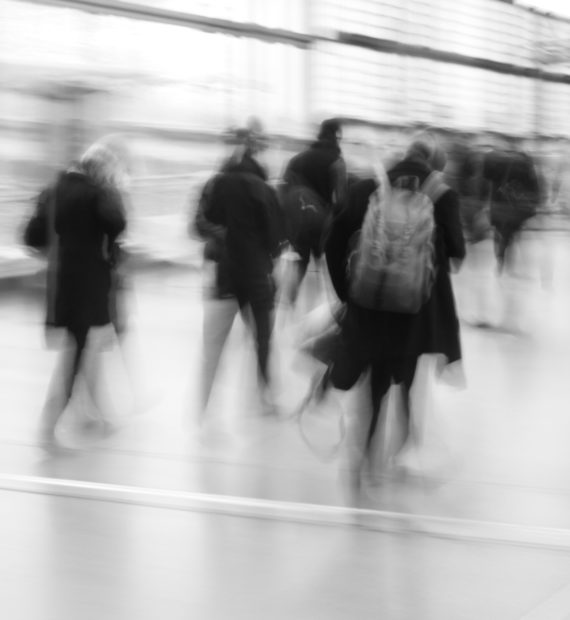I am encouraged by the award of a 2017 a-n Professional Development Bursary to continue work around the concept of displacement, which has been of particular interest in my practice for some years. I will be able to look for textiles which convey fragility and research articles.
Over a year ago I read an article about fake life jackets sold to migrants and this made a huge impression. I am exploring how fragile hope can be made visible.
I have been reticent about writing this blog , aware that I may not have the necessary artistic vocabulary. Nevertheless I would say that thanks to the bursary I have been able to look into writing and journals at the British Library. I suppose this activity can hardly be called research , but it is revealing a rich source of information and provokes reflection on aspects of displacement and human behaviour which can inform the developing work.
When is the best time for thinking of creative ideas ? Some suggest it is at night and recommend keeping a notebook handy. Many say that it is during their morning shower . Now that I’m in long distance training for a trek I find during a walk has become the most productive thought time. And these days I keep being presented with delicate feathers in my path, irrespective of whether I’m walking in a rural or urban area. It is another fragile and metaphorically loaded find . So many beautiful ones have been collected and contained in little pouches for my work in the hope that they will be seen as a connection with the flight of refugees.
Turning attention to materials which carry a message, I recently visited Jessica Ogden “Still” exhibition in Marylebone and learnt how certain patterned fabrics , Madras check, Gingham, Paisley , have strong cultural associations . A well known fashion designer, Jessica Ogden deconstructs old quilts before beautifully working on the revealed history they contain in a long pursued drive to up-cycle and honour the marks, uniqueness and value of each textile. Each worked piece in the exhibition had a function and could also be viewed as an abstract composition.
It has emphasised textile patterns cross boundaries with travelling people and are adopted by host cultures.
www.events.arts.ac.uk/event/2017/5/26/jessica-ogden-still
Seduced by the delicacy of organdie, I have repeatedly used it in past work. It has a satisfying response to folding and creasing too, like paper. Also like paper it both contains and reveals. So it has re-emerged in my sample pieces. When coloured orange it maintains transparency but is less delicate. I have to question whether we choose certain materials to work with in a positive way or become limited by them, a restricted vocabulary which inhibits risk.



